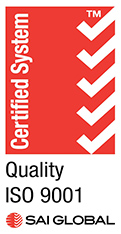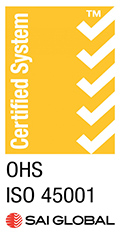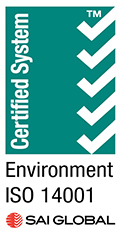How RPL Can Help HR Managers Bridge Skills Gaps in the Workplace
In today’s fast-paced business world, organisations must continuously evolve to stay competitive. One of the biggest challenges HR managers face is addressing skills shortages within their workforce. As industries change and new technologies emerge, many employees find themselves needing additional skills to meet workplace demands. Recognition of Prior Learning (RPL) provides a powerful solution for HR managers looking to bridge these skills gaps efficiently and cost-effectively.
Identifying Skills Gaps in the Workplace
Skills shortages can arise due to a variety of factors, including rapid technological advancements, workforce turnover, and changes in industry regulations. HR managers need to proactively identify these gaps to ensure their organisation remains competitive. Some key methods for assessing skills gaps include:
- Employee Performance Reviews: Analysing performance data to determine areas where employees need additional training.
- Industry Benchmarking: Comparing workforce capabilities against industry standards.
- Feedback from Managers and Team Leaders: Identifying skills shortages based on day-to-day operations.
- Employee Surveys and Self-Assessments: Allowing employees to express their training and development needs.
Once HR managers have identified these gaps, they can implement solutions to upskill employees and align their competencies with business needs.
Using RPL to Upskill Employees
RPL is a formal assessment process that recognises an individual’s existing skills, knowledge, and experience gained through work, training, or life experiences. Instead of requiring employees to undertake lengthy training programs, RPL allows them to receive formal qualifications based on their existing capabilities. This approach offers several advantages:
1. Cost-Effective Skills Development
Traditional training can be expensive, requiring significant investments in courses, trainers, and employee time. RPL reduces these costs by recognising employees’ competencies and providing targeted training only where necessary.
2. Faster Pathways to Qualification
Rather than spending months or even years in structured training programs, employees can gain recognised qualifications quickly through RPL, allowing them to meet workplace demands sooner.
3. Improved Employee Morale and Retention
Employees who have their skills and experience recognised feel valued and motivated. This can lead to increased job satisfaction, higher retention rates, and a more engaged workforce.
4. Bridging Skills Gaps with Minimal Disruption
By focusing on validating and certifying existing skills, RPL allows employees to continue working while upgrading their qualifications. This minimises disruption to daily operations while still achieving workforce upskilling.
Case Studies: Successful RPL Implementation
Case Study 1: RPL in the Security Industry
A major security company was experiencing a shortage of qualified security guards due to increasing industry demand and regulatory requirements. Many experienced workers had the necessary skills but lacked formal qualifications. Through an RPL initiative, employees were assessed and granted Certificate III in Security Operations, enabling them to meet further requirements without needing extensive retraining. As a result, the company was able to fill vacancies, maintain compliance, and retain skilled personnel.
Case Study 2: RPL in the Business Sector
A medium-sized business identified that many of its administrative staff had developed strong office and business management skills but lacked formal qualifications. By implementing an RPL program, employees were able to obtain Certificate III in Business based on their practical experience. This recognition not only enhanced their confidence but also improved efficiency within the workplace. The business saw increased productivity, higher job satisfaction, and greater internal promotion opportunities.
Case Study 3: RPL for Corporate IT Professionals
An IT firm recognised that many of its employees had gained cybersecurity skills on the job but lacked formal certifications. By offering RPL assessments, employees were able to obtain recognised qualifications such as Certificate IV in Cyber Security. This allowed the company to meet compliance requirements while promoting internal talent.
Implementing an RPL Strategy in Your Organisation
For HR managers looking to leverage RPL to bridge skills gaps, the following steps can help ensure a successful implementation:
- Assess Workforce Competencies: Identify employees with relevant experience who may benefit from RPL.
- Partner with a Registered Training Organisation (RTO): Work with an accredited provider to facilitate assessments and certification.
- Communicate the Benefits to Employees: Ensure employees understand how RPL can help them gain formal qualifications and advance their careers.
- Support Employees Through the Process: Provide guidance on gathering evidence and preparing for assessments.
- Measure the Impact: Track outcomes to evaluate the effectiveness of RPL in closing skills gaps and improving workforce capability.
Conclusion
In an era where skills shortages pose a major challenge for businesses, HR managers must adopt innovative solutions to keep their workforce competitive. Recognition of Prior Learning (RPL) offers a practical and efficient way to upskill employees by formally recognising their existing competencies. By identifying skills gaps and leveraging RPL, HR managers can enhance workforce productivity, improve employee satisfaction, and reduce training costs—all while ensuring their organisation remains agile and future-ready.
By integrating RPL into workforce development strategies, HR professionals can create a more skilled, motivated, and adaptable workforce, driving long-term success for their organisations.
Asset College can help. Contact us today.








